The Yakuza don’t target everyday citizens

Many criminals try to cultivate a Robin Hood image for themselves. Having public support comes with criminal advantages, such as reduced risk of people tipping off the police. However, whilst most criminals merely use this narrative to further their own ends, the Yakuza actually walk the walk. The organisation has a strict code of honour which it expects all of its members to follow. Targeting small businesses or individuals is not permitted, with the Yakuza instead focussing on white-collar crime. They also make a point to redistribute some of their ill-gotten gains to to everyday people in need.
Drug trafficking is prohibited
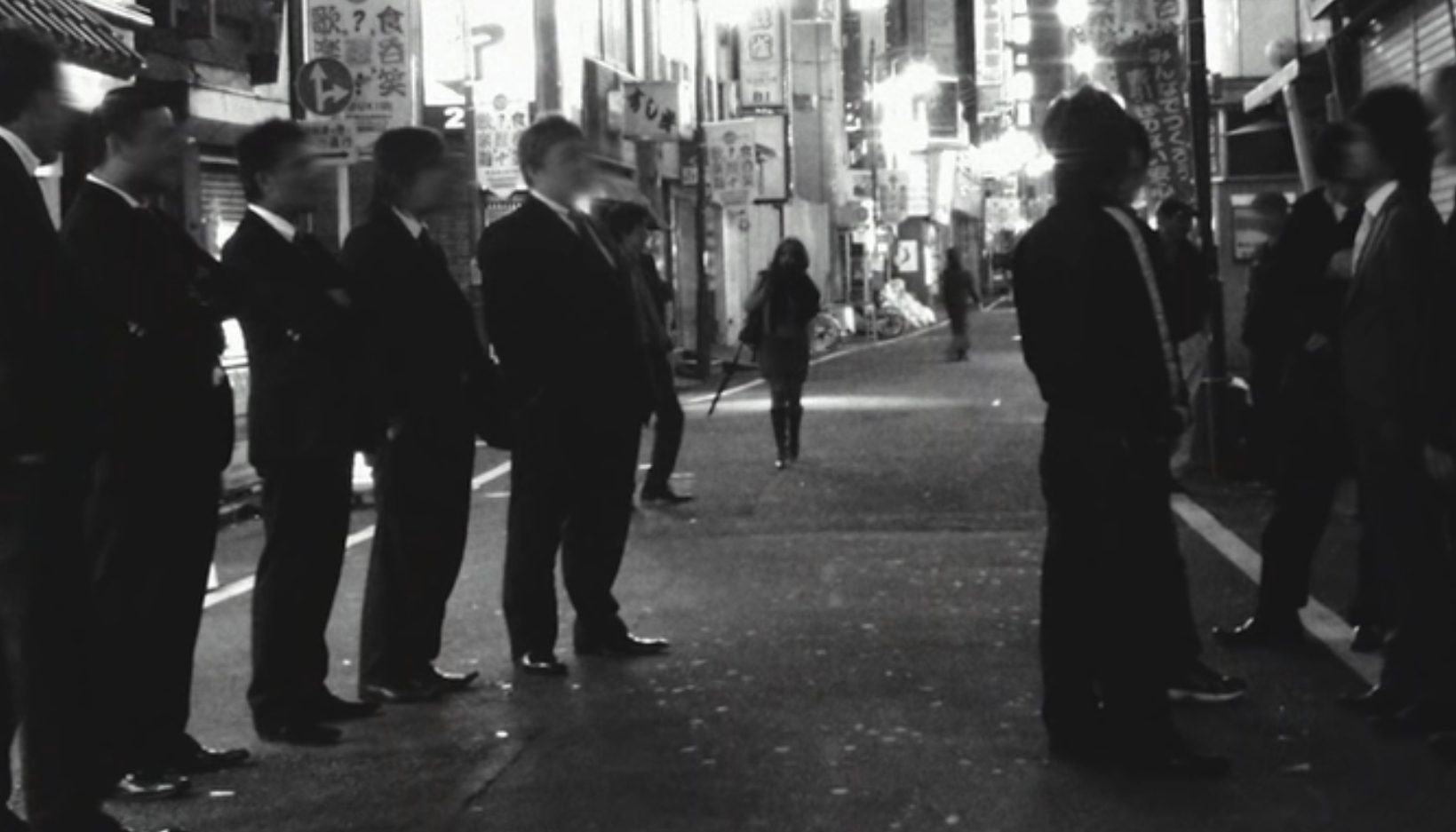
The fact that most sets the Yakuza apart from other criminal organisations is their refusal to get involved with drugs. Drug trafficking forms the backbone of most criminal enterprises, with syndicates like the Mexican cartels and the Mafia earning literally billions from the sale of narcotics. The Yakuza’s refusal to dabble in the drug market comes back to their policy of not preying on the downtrodden, as they don’t want to be associated with an industry that destroys lives and tears families apart. Whilst the official line is that drug trafficking is prohibited, some Yakuza clans still get involved secretly, although they risk reprisals if they are discovered.
The Yakuza make a lot of money from corporate blackmail

One of the Yakuza’s main rackets is known as Sokaiya. First, the Yakuza legally purchase enough shares in a company to be granted a seat at stakeholder meetings. Then, they meticulously begin digging up unsavoury secrets about the company’s board members. Japan has an extremely strong culture of honour, and being publicly shamed ranks very high on people’s lists of worst possible fates. This makes extortion easy for the Yakuza, who essentially threaten to turn up to board meetings with folders full of dirt if they aren’t handed large bribes – which they almost always are.
A Yakuza boss gave information to the FBI in exchange for a liver transplant
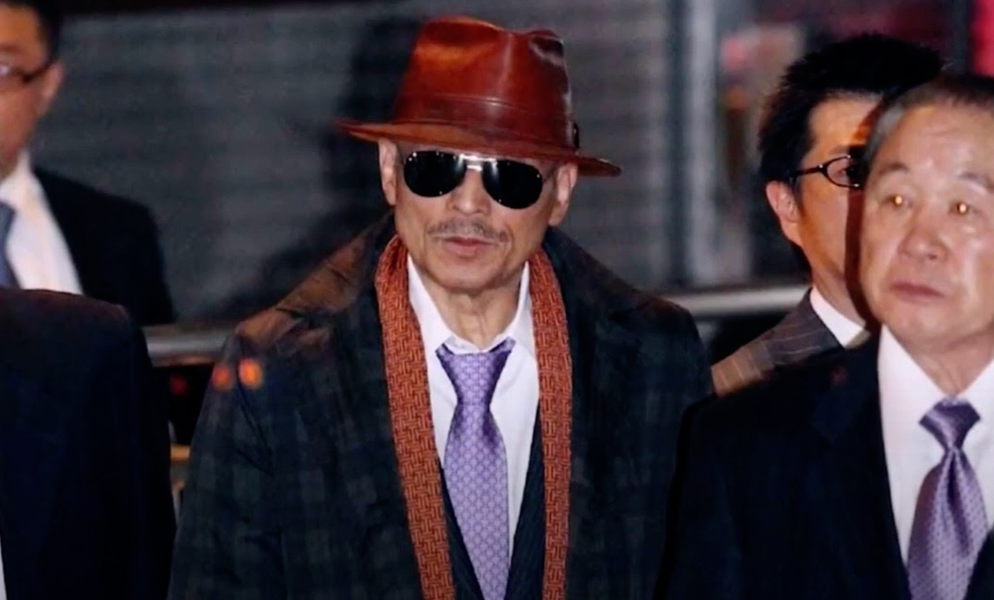
Tadamaso Goto was the boss of the Goto-gumi, a large Yakuza clan. He was one of the Yakuza’s most well-known figures, and his exploits landed him on the FBI’s radar, leading to him being banned from entering the USA. This turned out to be a problem when Goto found himself in need of a liver transplant. Transplants are hard to get in Japan, especially for a 59 year old gangster with self-inflicted liver damage, so he struck a deal with the FBI. In exchange for information on the inner workings of the Yakuza – and a hefty donation to the UCLA Medical Center in Los Angeles – Goto was able to receive a liver transplant in the USA, which caused a furore when a journalist later uncovered the story.
Gang members have to take exams

In 2009, some syndicates of the Yakuza began implementing formal exams for their members. Earlier that year, the government had introduced strict laws targeting organised crime, and the Yakuza wanted to make sure its gangsters were clued up on the law to prevent them from making careless mistakes. The exam covers a wide range of topics from theft to the illegal dumping of waste, but exact details of the examination process, such as time limits and resit policies, remain mysterious. It is also unknown exactly how many syndicates have introduced such test measures.
A brutal Yakuza ritual involves partial finger amputation
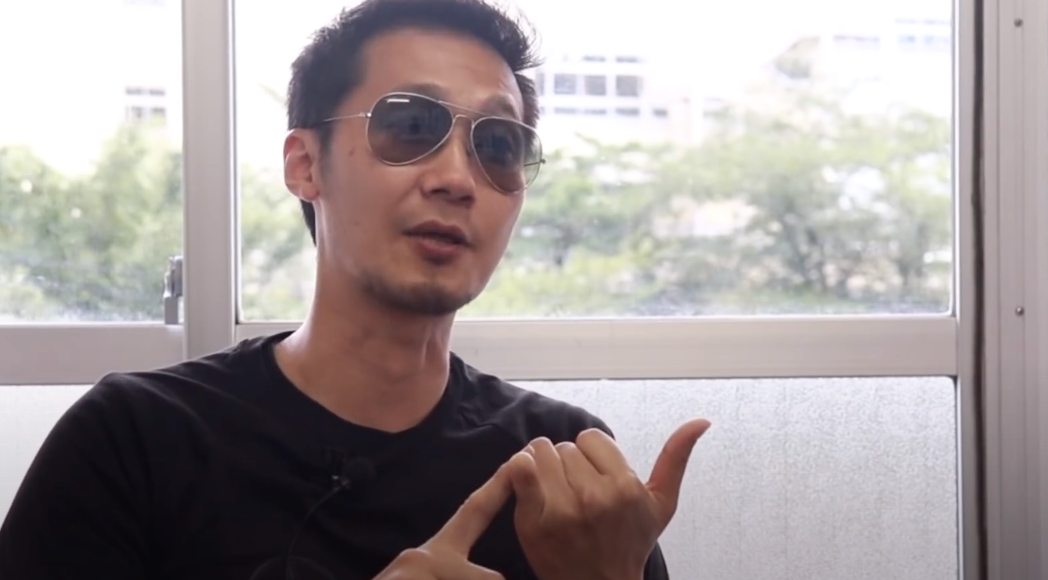
Yubitsume, or “finger shortening”, is the ritual self-amputation of a part of one’s finger, usually the pinky. The tradition first began as a punishment meted out by Japanese bookies for those who couldn’t pay their debts, but its use has since been adopted by the Yakuza. There are two situations in which Yubitsume is called for by Yakuza culture. The first is as an act of atonement; if a member of the organisation has messed up, for example by disrespecting his Oyabun, he can make amends for his crime by ritualistically severing his pinky-tip. Yubitsume can also be used to avoid a conflict, in which case a Yakuza member volunteers to commit the act. A government survey in 1993 revealed that 43% of those in the organisation had committed Yubitsume, making the finger stump almost as recognisable as the trademark tattoos.
Members must treat their leader with the utmost respect

Yakuza gangs operate in a family structure. At the head is the Oyabun, which roughly translates to “father”, and below him are the Kobuns, or “sons”. Yakuza culture places a strong emphasis on obedience, and Kobuns are expected to unquestioningly follow the orders of their Oyabun to the letter. Failing to follow an order or, worse, challenging it, often carries severe consequences. The Yakuza are known for their proclivity to violence, and they aren’t afraid to use brutal tactics when it comes to squashing dissent. Members who have disgraced themselves are often given a chance to redeem themselves, generally through seriously unpleasant means.
There are strict rules to ensure harmony within the gang

Like with many criminal organisations, membership to the Yakuza is a lifelong commitment. This is one of the purposes behind the extensive tattoos – they permanently mark their bearer’s allegiance. There are currently around 12,000 members of the Yakuza, and the gang has strict behavioural codes to ensure harmony between them. Infighting is strictly forbidden and a culture of sacrifice is encouraged, with members often laying down their life or freedom for another gangster (especially their Oyabun). Getting involved with the wife or girlfriend of another member is a total red line, and anyone violating this rule will be met with a harsh punishment.
The Yakuza fix sumo wrestling matches
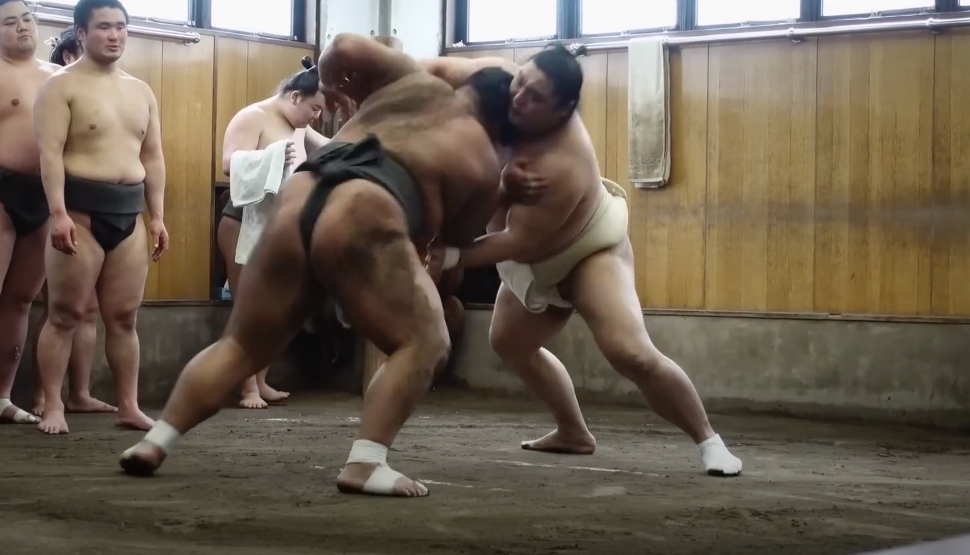
Sumo wrestling is one of the most iconic (if somewhat bizarre) sports in the world. Wrestlers, known as Rikishi, live exclusively in communal training stables, and every aspect of their life is dictated by strict traditions that date back over 900 years. One of the most famous aspects of sumo is the weight of the contestants, who consume around 4,000 calories a day, and health problems including high blood pressure and type two diabetes are common. In 2011, a police investigation concluded that dozens of matches had been fixed by the Yakuza. This wasn’t an isolated incident either. Throughout sumo’s history there has been much speculation about fighters throwing matches for money at the behest of the Yakuza, and multiple high-ranking sumo officials have been fired for their links to the criminal organisation.
The Yakuza are greatly concerned with helping those in need

Despite their well-deserved reputation for ferocity, members of the Yakuza always act respectfully towards innocent people and those they don’t consider their enemies. As well as making a point to not target those who can’t defend themselves, the organisation goes out of its way to help people in need. The Yakuza are known to leap into action following natural disasters, such as the 2011 Tohoku earthquake, sending food aid and providing helicopters to help look for survivors. They also opened the doors of their homes and offices to people who had been made homeless by the earthquake. Such charitable actions help explain why opinions on the Yakuza are so complicated in Japan.
Members of the Yakuza believe a violent death is an honourable way to do die

The concept of an honourable death has played a prominent role in Japanese culture for thousands of years. The most famous example is Seppuku, a brutal form of ritualistic suicide in which a disgraced samurai can regain his honour by disemboweling himself with a knife. The Yakuza have fully embraced the notion of nobility being found in a violent death, and it is one of the things that makes them so dangerous; the organisation’s members are famous for their brutality and fearlessness in combat.
One of the Yakuza’s most infamous leaders was known for gouging his enemies eyes out
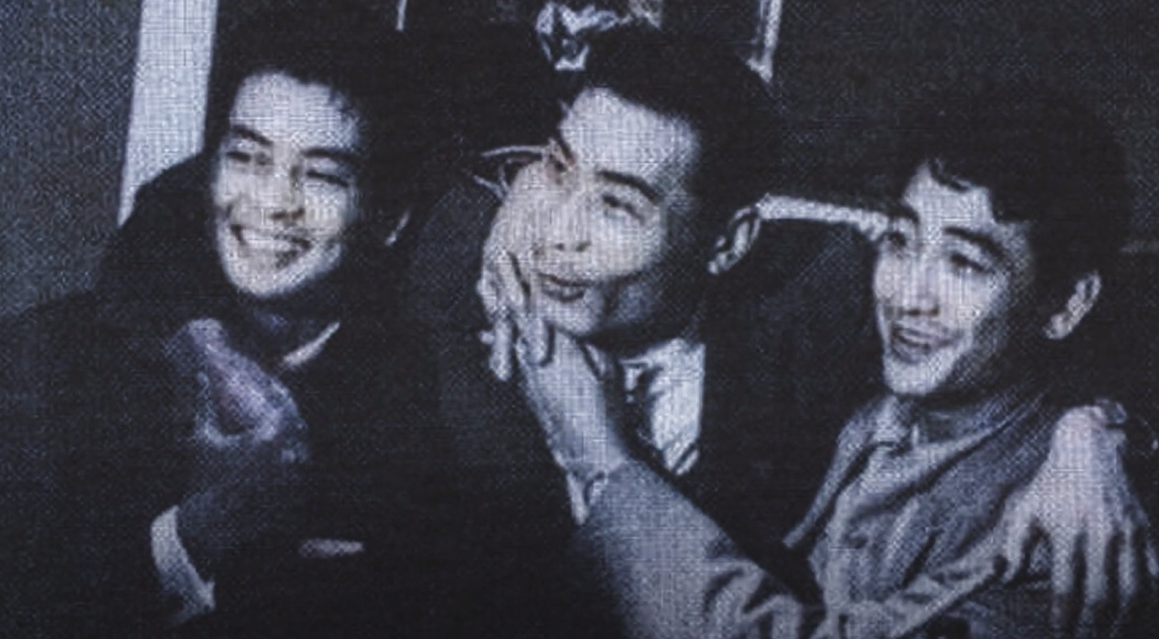
The largest and most well-known Yakuza clan is Yamaguchi-gumi, and its most infamous leader was Kazuo Taoka. Born into poverty on the small Japanese island of Shikoku, Taoka was orphaned at a young age and sent to work at the shipyards in Kobe, where he began hanging out with Yakuza members, eventually leading to his initiation into the group. Taoka instantly took to the Yakuza lifestyle and over the years would rise to the rank of Obayun. During his ascent he gained a reputation for extreme violence and was given the nickname Kubo, which translates to “bear”. Taoka earned this moniker through his habit of gouging his opponent’s eyes out in hand-to-hand combat.
The Yakuza are heavily involved in human trafficking

The Yakuza’s strict codes of conduct, which prohibit things like dealing drugs and running protection rackets on small businesses, apparently don’t have much to say about taking advantage of extremely vulnerable women. The Yakuza got their start in human trafficking during The Second World War, providing “comfort women” to Japanese soldiers, and they have exponentially grown their business since then. The Yakuza run brothels across the whole of Japan, and are heavily involved in the “sex tourism” industry. As a result of their exploits, Japan is considered one of the world’s worst countries for human trafficking, on par with other, much poorer Asian nations.
Yakuza members identify their gang affiliation with their tattoos
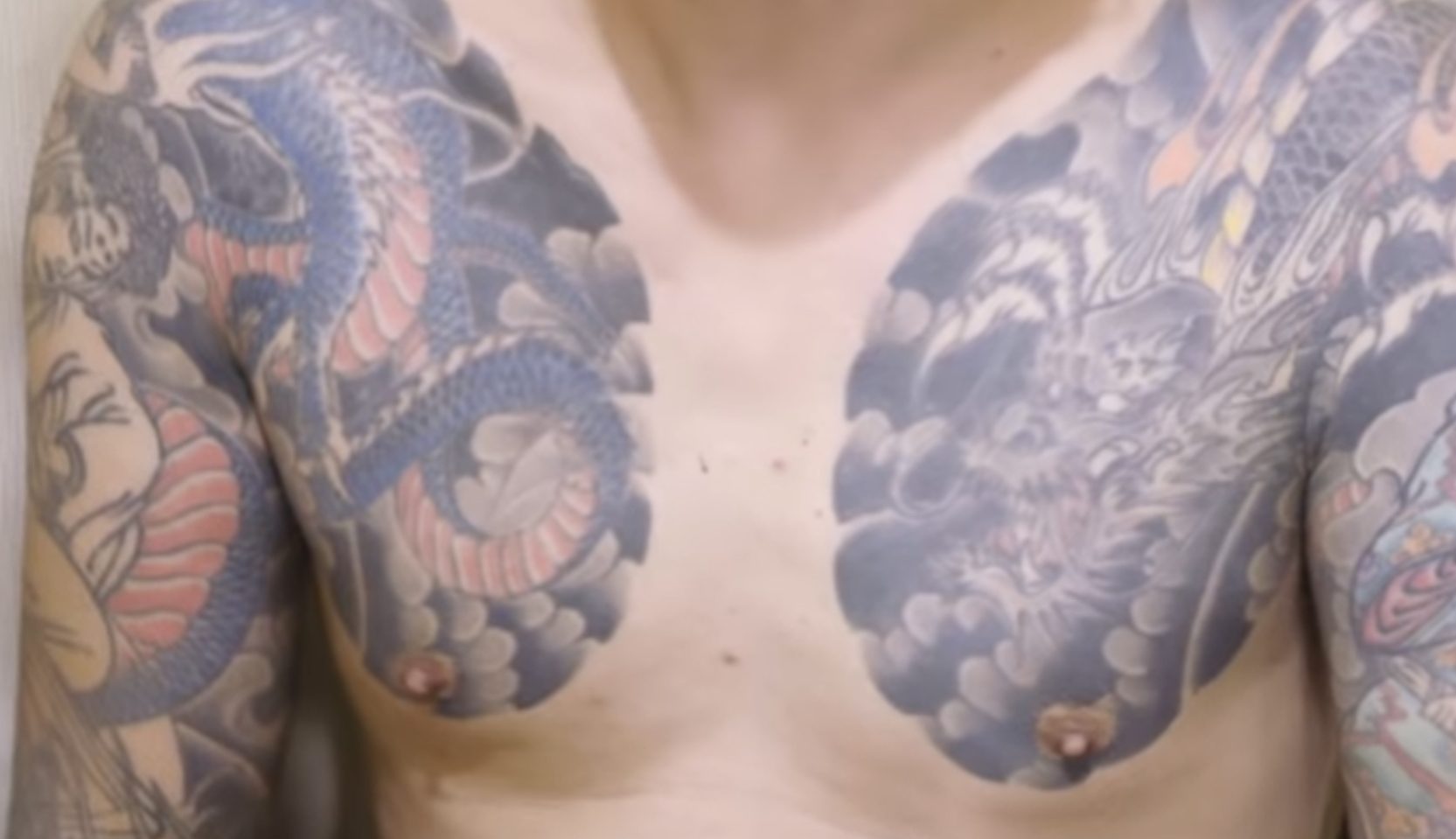
Aside from the missing pinky, one of the most instantly recognisable signs that someone is in the Yakuza is their tattoos. Members of the gang sport elaborate, colourful designs that often take up much of their body. Tattoos are chosen for what they represent; for example, dragons signify wisdom whilst snakes represent healing. Members of the same clan will often have the same designs. Tattoos are highly stigmatised in Japanese culture, with less than 1% of the population possessing them, largely in part to their association with crime. To allow them to blend in when necessary, Yakuza members leave a strip down their torso ink-free, so that they can wear a kimono without revealing their incriminating tattoos.
Gang members take pride in their appearance

The Yakuza is a proud organisation, steeped in tradition, and it is important for members to represent the gang in a good light. As well as the bold tattoos that the Yakuza adorn themselves with, they are also expected to be snappy dressers. This entails wearing expensive suits, with members often opting for extravagant options and bold, colourful neckties, and maintaining clean haircuts, with most members opting for a slicked-back look. Flashy jewellery and sunglasses are also often worn.
The Yakuza still use katanas

Given the fact that they may be descended from the samurai, it is perhaps unsurprising that the Yakuza still make use of the katana, an iconic samurai sword, and there are multiple reports of the weapons being used in turf wars and assassinations. However, use of katanas is not purely about tradition; Japan has very strict anti-gun laws, and in some areas merely discharging a firearm (whether or not you hit someone) carries a mandatory life-sentence. The head of the Yakuza, Kenichi Shinoda, was even handed a prison sentence because his bodyguard was caught carrying a gun. Katanas, on the other hand, are not subject to such strict regulations, meaning members can carry them without having to worry as much about legal reprisals.
Bob The Builder has five fingers in Japan so children won’t think he’s in the Yakuza
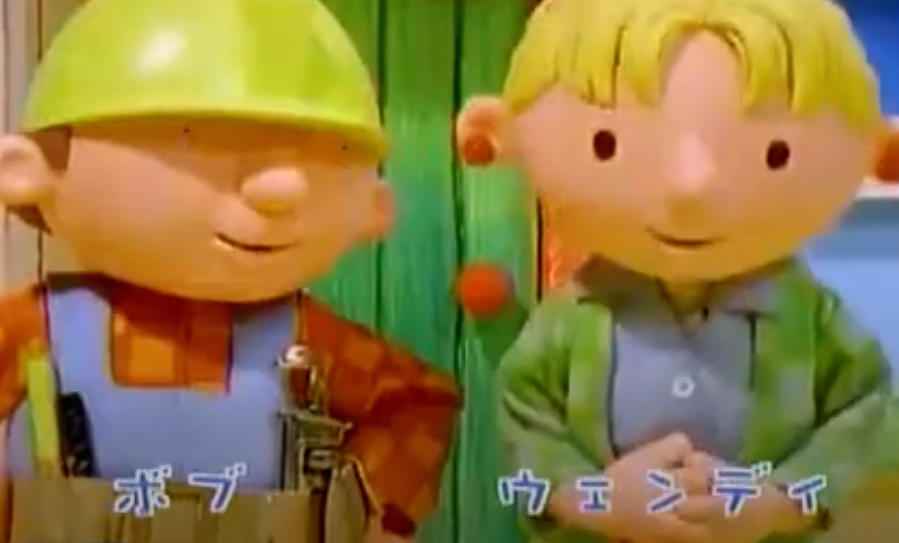
The character Bob The Builder is depicted as having four fingers in most versions of the TV show, as it makes animation considerably easier and no one really notices anyway. However, the Japanese version of the show had to be re-animated to endow Bob with an extra digit. The reason behind this is the prevalence of Yakuza members who have at some point in their life committed yubitsume, the ritualistic self-amputation of a finger. The missing finger is so strongly associated with Yakuza membership in Japan that the show’s creators were concerned that children would automatically assume the eponymous builder was a member of the criminal organisation, which would somewhat undermine the show’s cheerful tone.
The name Yakuza comes from a card game

The word Yakuza literally translates to “good for nothing”, and its origin can be traced back to Oicho-Kabu, a card game similar to Blackjack. The cards ya-ku-za (eight-nine-three) constitute the worst possible hand in the game. It is unclear exactly when the word came to be used to describe the criminal gang known today as the Yakuza, but it is likely that to begin with it was a derogatory name they were branded with by the public.
The Yakuza have murky origins
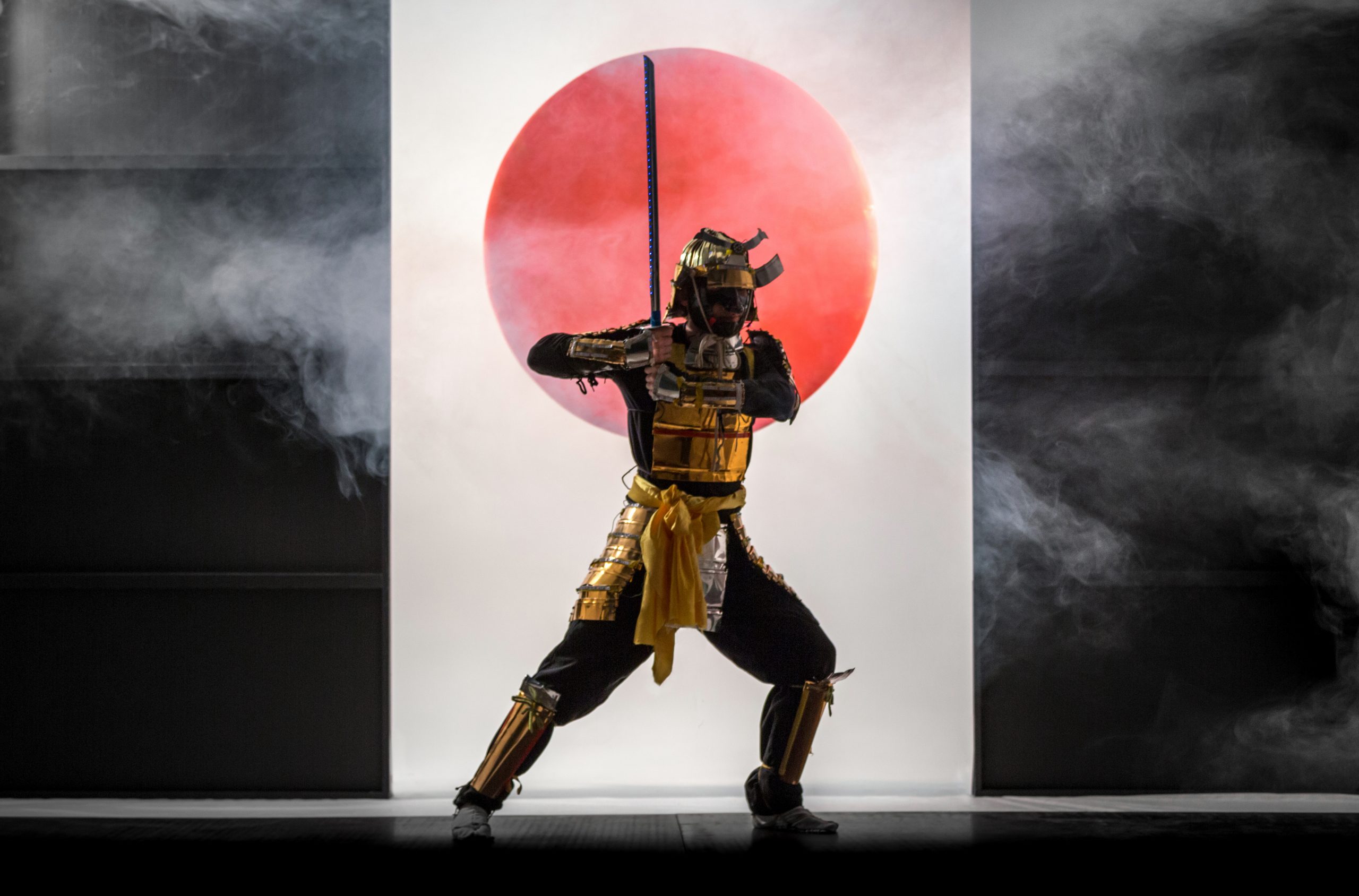
Whilst there is debate about exactly how the Yakuza first came to exist, it is generally agreed that the organisation was formed during the mid-Edo period, between 1603 and 1868. There are a number of theories as to the Yakuza’s origin, with some believing that they formed from gangs of masterless samurai known as ronin. Others major theories include that they evolved from groups of petty criminals who formed syndicates, or from groups of armed men who banded together to protect their villages. It is likely that there are elements of truth in all these theories.
The Yakuza is a legal organisation

Unlike organisations like the Mafia or the Sinaloa cartel, being a member of the Yakuza is perfectly legal. In fact, the organisation generates as much money through its legal enterprises, such as casinos and legitimate businesses, as it does from its criminal undertakings. This complicates the relationship between the Yakuza and the Japanese authorities, who have so far allowed them to retain their legal status due to the fact that their strict codes of conduct prevent them from causing too much public disturbance. Other countries do not take the same view, however. The US has heavily sanctioned Yamaguchi-gumi, the largest Yakuza syndicate, and made it illegal for any of its citizens to engage in commercial activities with businesses tied to the group.
The Yakuza’s largest syndicate has its own member’s magazine

In 2013, Yamaguchi-gumi sent a magazine out to its 28,000 members (the syndicate has declined in numbers significantly since then). The magazine was called Yamaguchi-gumi Shinpo and featured articles on fishing, a section on haikus, and opinion pieces urging members of the gang to perform good deeds. The magazine was published in the wake of a bloody turf war which had resulted in a police crack-down on the organisation’s criminal activities, and was intended to lift the morale of beleaguered members. There was also speculation that Yamaguchi-gumi were trying to repair their public image by issuing a magazine filled with cultured topics, as they knew that the publication would inevitably end up getting leaked to the press.
Members can’t go in bathhouses
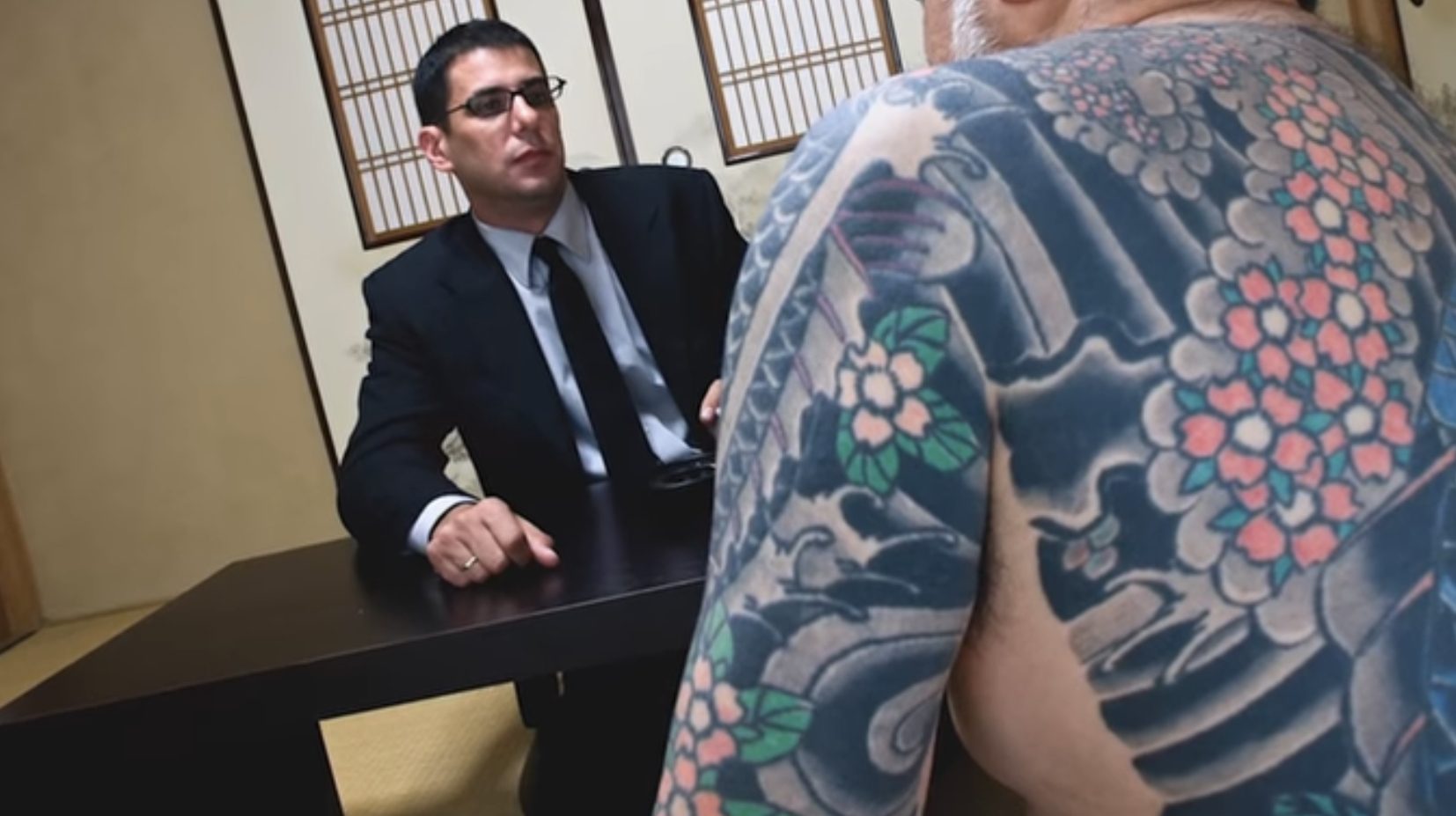
Due to its volcanic activity, Japan has no shortage of geothermal springs, and the Japanese have taken advantage by building thousands of bathhouses, known as Onsen. These are regularly attended by people from all levels of society, and often serve as important communal hubs, giving people the chance to catch up with their neighbours in a relaxed setting. Members of the Yakuza, however, may find themselves excluded from these natural spas. Tattoos are highly stigmatised in Japan, largely due to their association with crime, and most Onsens ban those with tattoos from entering. Since signing up for a life in the Yakuza means getting inked from head to toe, gang members aren’t able to take advantage of the healing properties of hot, volcanic water that the Onsens offer.
The organisation sued the Japanese authorities

In 2013, a Yakuza syndicate in the south of Japan known as the Kudo Kai got embroiled in a vicious turf war with a rival gang. During the hostilities they orchestrated a series of highly destructive grenade attacks against their rivals, leading law enforcement to officially brand them “dangerous” for a period of one year. Leaders of the Kudo Kai responded in an unexpected fashion, taking the police to court for discrimination. Their case rested on the fact that despite there being five gangs who operated in the local area, only the Kudo Kai were given the “dangerous” designation. The syndicate is one of the few Yakuza clans who have no qualms about targeting civilians, and have carried out several high profile attacks on innocent people.
The initiation ritual is very traditional

Getting into the Yakuza normally requires having a friend or relative already inside the organisation, although recruitment sometimes does place, particularly from motorcycle gangs. Potential members are heavily vetted, and having any sort of affiliation with law enforcement instantly precludes entry. Once a hopeful applicant has been accepted, he formally joins the organisation through a ritual known as Sakazukigoto. The new member sits opposite the head of the syndicate and two glasses of sake are poured – one full, one half full, to denote the differences in hierarchy. Both drinks are then sipped at the same time, and the glasses are then swapped before a second sip is taken. This kind of ritualistic drinking of sake is often used in Japanese culture when two people enter into a bond, such as during a wedding.
The Yakuza are influential in Japanese politics

Little in Japan is beyond the Yakuza’s reach, and politics is no exception. In 2012, Japan’s justice minister was forced to resign when it came to light that he had been influenced by the Yakuza, but other politicians have been open about their dealings with the organisation. Japan’s Liberal Democrat party has maintained power for most of the last half-century, and it hasn’t been shy about its Yakuza links. In 1971, a group of politicians including Nobusuke Kishi, Japan’s prime minister at the time, bailed out the head of Yamaguchi-gumi when he was arrested for murder. Whilst these days the public is somewhat less tolerant of their politicians overtly courting the Yakuza’s favour, members of the organisation frequently work as bodyguards during election campaigns.
At its peak, the organisation boasted over 200,000 members

The Yakuza isn’t actually a single cohesive entity; instead, the organisation consists of a group of loosely associated syndicates which operate independently, although they share the same code of conduct and do not interfere with each other (Japan’s other gangs are not so lucky: turf wars with the Yakuza are notoriously violent and tend to only end one way). There are currently estimated to be only around 12,000 active Yakuza members still operating in Japan. Whilst this number is probably slightly higher in reality, there is no doubt that membership has significantly declined from its peak of over 200,000 in the early 1960’s. In 1992 the government introduced the Anti-Boryokudan Act, which was designed to crack down on organised criminal activity, precipitating a steady decline in membership.
Some members of the public view the Yakuza as a necessary evil
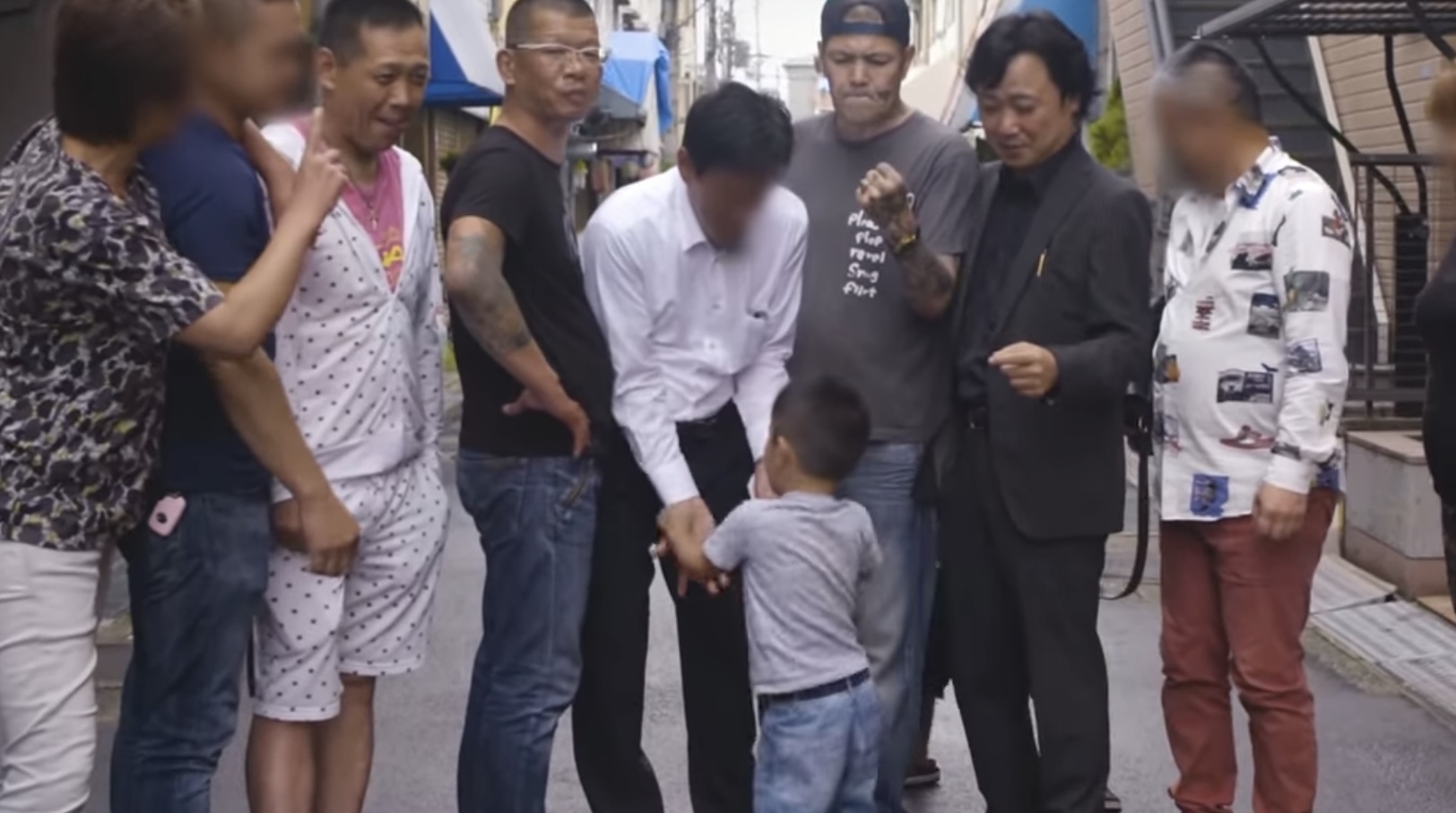
The Yakuza generally try to avoid targeting civilians, but innocent people still often end up as collateral damage in the organisation’s battles. Despite this, a large section of the public believe that the alternative is worse. Because the Yakuza are so powerful, they generally monopolise criminal enterprises. The result of this is that opportunistic street crime is rare in areas where the Yakuza has established itself, as operating on the organisation’s territory without their blessing is a good way of winning a ticket to an early grave. The group’s history of charitable actions, combined with a culture of idealising criminal underdogs, has also helped them win public support, although goodwill has been on the decline in recent years.
The wives of Yakuza members are considered honorary members of the group

Whilst Yakuza membership is only available to men, wives of those in the group still play active – and often important – roles within the organisation. The wife of the syndicate’s boss has a crucial job. She acts as his “shadow”, knowing everything that he does, and if he dies or is sent to jail she takes over as leader of the group. The wives of lower ranking members aren’t privy to the inner workings of the group in the same way as the leader’s wife, but they still get access to a lot of the perks that come with life in the Yakuza, and most of them sport the same distinctive tattoos. They also may be involved in meetings, depending on the rank of their husband.
Most members of the Yakuza are over 50

At the height of their power in the early 1960’s, police estimated that the Yakuza had over 200,000 active members. The majority of the organisation’s gangsters were young men, many of them from motorcycle gangs. However, the Japanese government has dramatically shifted in its approach to dealing with the Yakuza, and has enacted tough laws designed to crack down on their illegal activities. This has made membership a lot less lucrative for the average low-level gangster, leading to an exodus of members and a decrease in the number of new recruits. Many of the Yakuza have also been imprisoned or killed in turf wars. As a result, more than half of the Yakuza’s 12,000 remaining members are over the age of 50.
Yakuza clans occasionally split, often with violent results

Although the Yakuza has strict rules to ensure harmony, and forbids clans from interfering with each other’s business in ways that could lead to conflict, sometimes there are rifts leading to infighting and fragmentation. The most notable example took place between 1982 and 1986. It began when the Obayun of Yamaguchi-gumi and his next in line both died in quick succession. The clan voted to elect a new leader, but the process didn’t go smoothly and some members started their own syndicate, Ichiwa-kai. The two clans spent the next four years at war, with many highly publicised attacks involving firearms and explosives. In the end, Yamaguchi-gumi crushed the rebels and won the war.
A Yakuza member murdered a mayor over damage to his car
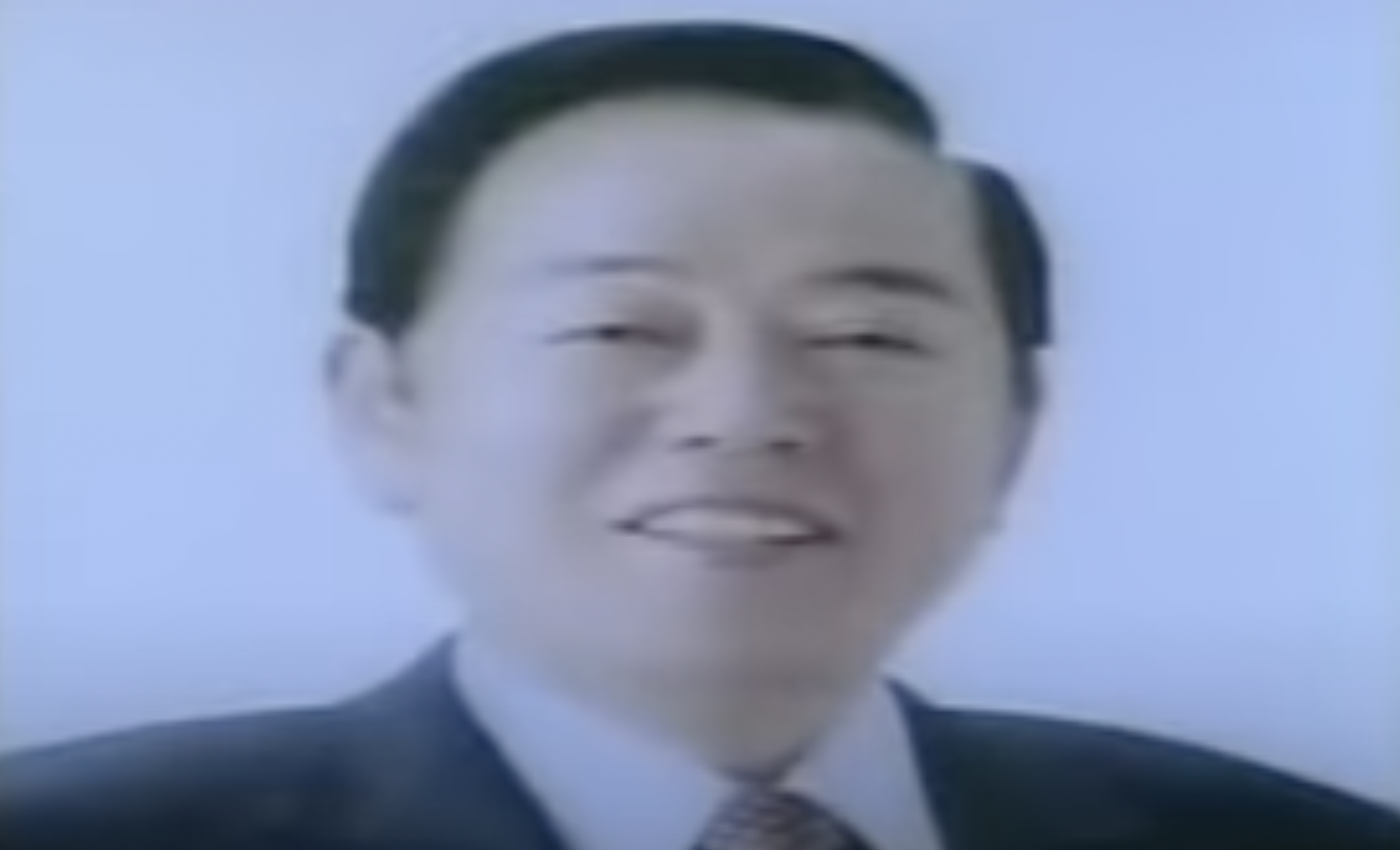
On April 17, 2007, Tetsuya Shiroo, a high-ranking member of Yamaguchi-gumi, shot Nagasaki Mayor Itcho Ito twice in the back with a revolver, fatally wounding him. The murder was the culmination of a long-running feud between Shiroo and Nagasaki city officials. Several months previously, Shiroo had damaged his car when he ran it through a hole caused by construction workers. The gangster had taken legal action against both the city and the construction firm, but ultimately the courts ruled against him and the city refused to cough up compensation, leading the infuriated Shiroo to take matters into his own hands. It didn’t take police long to solve the case, and Shiroo was handed a sentence of life in prison.
They make fortunes from insider trading

The Yakuza prefer to engage in white collar crime, as they view it as relatively victimless. In 2007, The Guardian revealed that the organisation make obscene amounts of money from the stock market, which they are able to accomplish through insider trading. Rather than relying on stealthy industrial espionage to gather insider knowledge, the Yakuza resort to more primitive – but highly effective – methods to get their tips. After identifying individuals who possess important insights about their company’s strategies, the Yakuza track them down and use the threat of violence to coax information out of them, allowing the gang to make lucrative trades on the stock market.
The Yakuza are involved in dog fighting
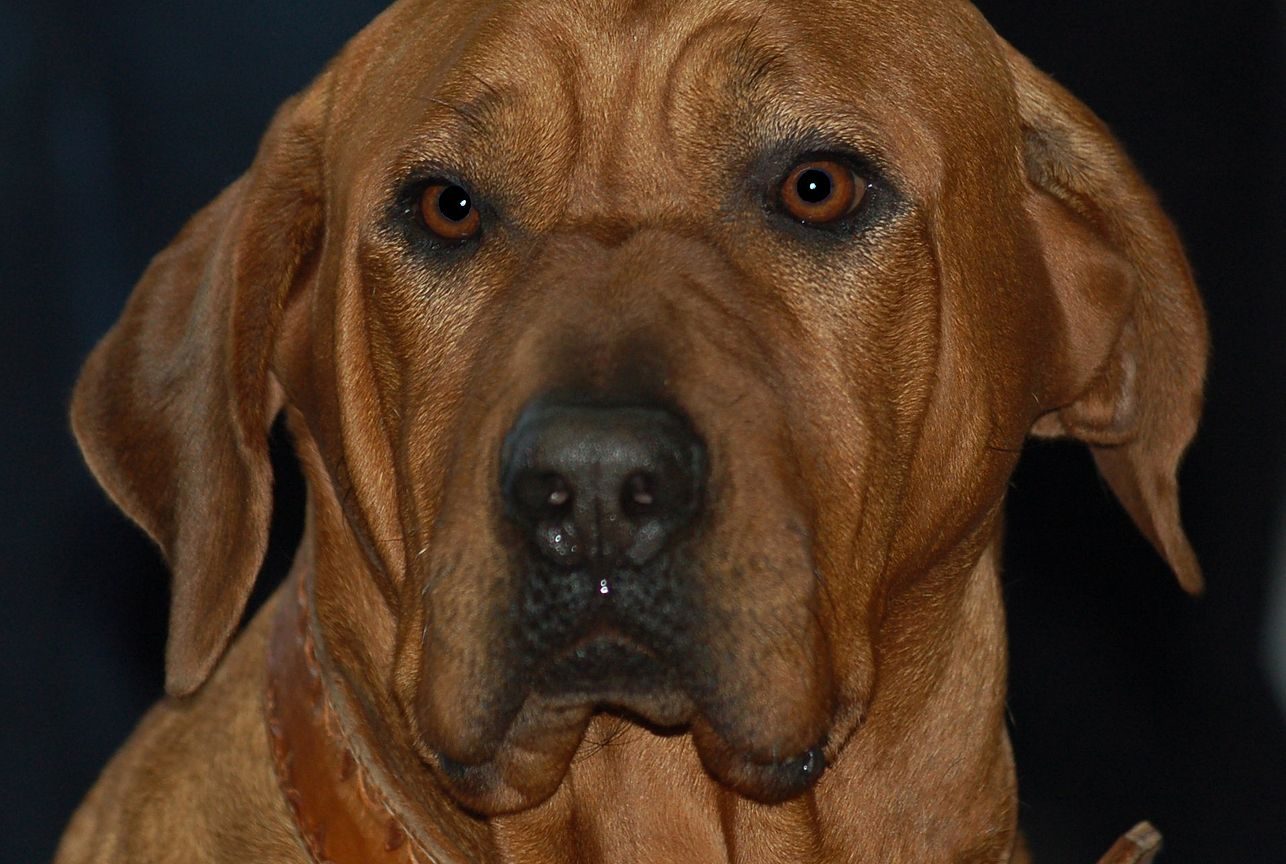
Contrary to what a lot of people think, the Japanese don’t eat dogs. They do, however, have some pretty relaxed views about dog fighting, and the ‘sport’ is legal in most of the country. As with anything that can be bet on, there is big money in dog fighting, so naturally the Yakuza have become deeply involved. The organisation breed and sell Tosa, a Japanese dog which is notorious for its violent nature. A single Tosa can go for anywhere from $5-10,000, and puppies bred from champion fighters can fetch upwards of $15,000. Gambling is against the law in Japan, so the Yakuza also function as illegal bookies at dog fighting events.
The Yakuza stole billions from ATMs with forged cards
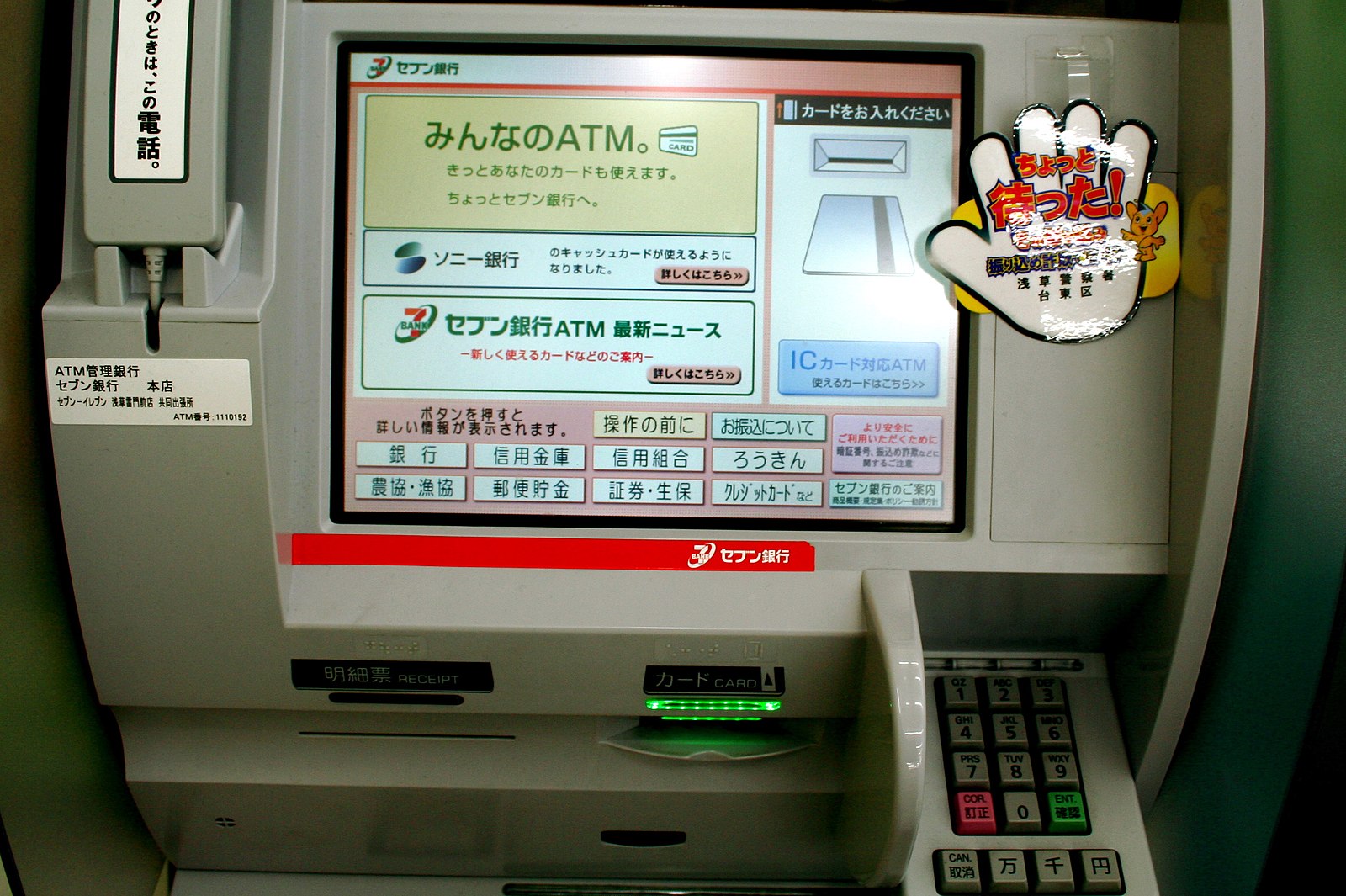
One of the Yakuza’s most lucrative schemes involved stealing billions of Japanese Yen from ATMs. The operation was carried out by the Yamaguchi-gumi, who took advantage of a massive data leak from a South African bank to produce hundreds of forged credit cards. The plan was executed on May 15, 2016, and involved the withdrawal of nearly two billion Yen from over 1,400 ATMs by Yamaguchi-gumi members. Japanese police launched a massive investigation, which ultimately led to the arrests of Satsuki Iwatani and Masahito Hirano, two high-ranking members of the Yakuza, on fraud charges.
The Yakuza allegedly forced a filmmaker to commit suicide for mocking them
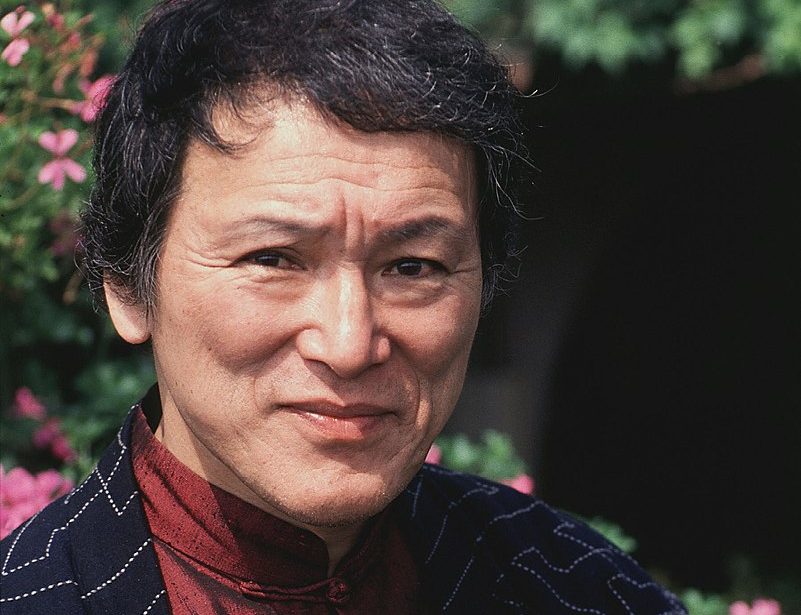
In 1992, Japanese filmmaker and investigative journalist Juzo Itami released Minbo: The Gentle Art Of Japanese Extortion, a film that implicitly mocked the Yakuza and their practices. The organisation took offence, cornering Itami a few days after the film came out and cutting his cheek with a razor. The filmmaker remained defiant, stating that his attack proved his critique of the gang correct. Five years later, whilst working on a documentary investigating the links between Soka-gakkai – a Japanese religious organisation – and the Yakuza clan Goto-gumi, Itami ostensibly killed himself by leaping from the roof of a building. Many with knowledge of the matter, including author of Tokyo Vice Jake Adelstein, believe that Itami was forced to jump at gunpoint.
The Yakuza try to avoid killing
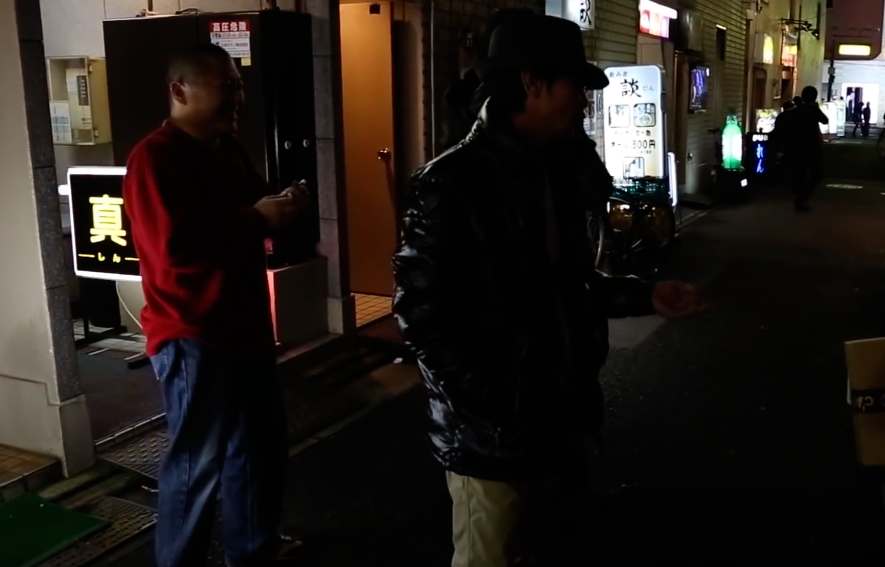
Despite their reputation as fearsome killers, most members of the Yakuza view murder as permissible only as an absolute last resort, or in self defence. There are a few reasons for this. The first is basic pragmatism; murder cases generate a lot of police scrutiny and surveillance, which makes it harder for the gang to conduct the illegal aspects of its business. The second reason comes down to PR. The Yakuza try hard to cultivate public support, which incentivises politicians to not put too much pressure on the organisation. Finally, the Yakuza’s strict honour code stipulates the situations where killing is considered acceptable. Some Yakuza clans, such as the Kudo-kai, take a fast and loose approach to these rules, but most members of the organisation abide by them.
The Yakuza often use grenades
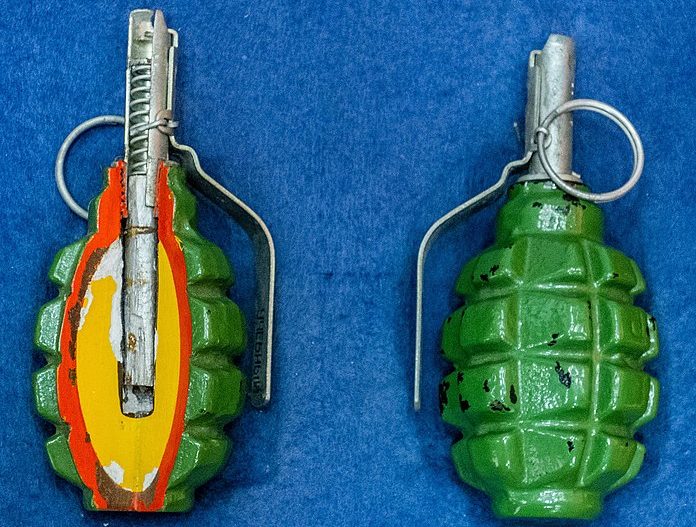
Japan’s firearms laws are extremely strict, and the police devotes a lot of resources to cracking down on gun smuggling operations. The result is that it is difficult to obtain firearms in Japan, and, whilst the Yakuza do sometimes make use of them, they often opt for alternative weapons. The most popular option is grenades. After The Second World War, many frag grenades ended up on the black market, and they are often easier to get hold of than guns. They are referred to as “pineapples” by Yakuza members, and have often been used to devastating effect by the organisation, especially in its warfare with other gangs.
The Yakuza have expanded to other countries
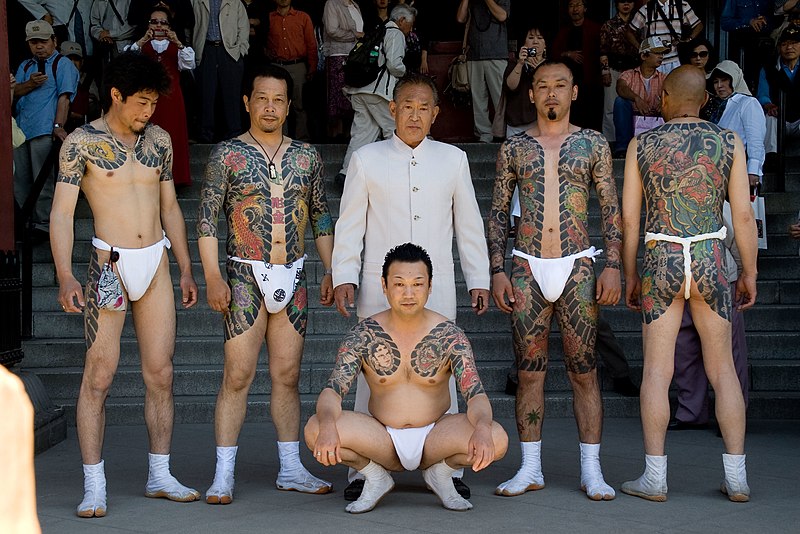
Whilst the Yakuza are most famous for dominating the criminal underworld in Japan, they have also attempted to expand their enterprises to other countries. In 1972, a Yakuza member named Wataru Inada moved to Hawaii and started making connections with US criminal organisations, particularly the LA mafia. Unfazed by the Yakuza’s policy against drug trafficking, Inada set up a lucrative business smuggling heroin to the US mainland via Hawaii. In 1976, Inada was caught trying to sell drugs to an undercover officer. He agreed to testify in exchange for a reduced sentence, but before he could get to court he was gunned down in his apartment, alongside his girlfriend.
Some Yakuza clans target civilians
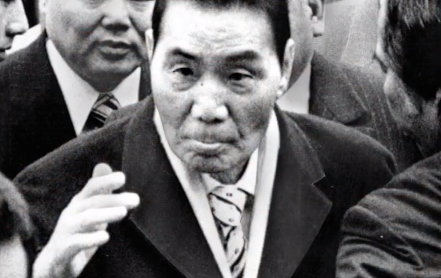
Whilst the Yakuza generally try to avoid targeting innocent civilians, both to preserve public support and because of their honour culture, some clans have no such qualms. One of the most notable is the Goto-gumi, who are notorious for their lack of scruples. The clan regularly runs protection rackets targeting small businesses, and isn’t afraid to use extreme violence to get what it wants. In 2006, the gang was pressuring Kazuoki Nozaki – a real estate mogul – into awarding the gang a lucrative construction project. When he refused, gang members tracked him down in Tokyo and brazenly stabbed him to death in broad daylight.
The CIA supported the Yakuza after WWII
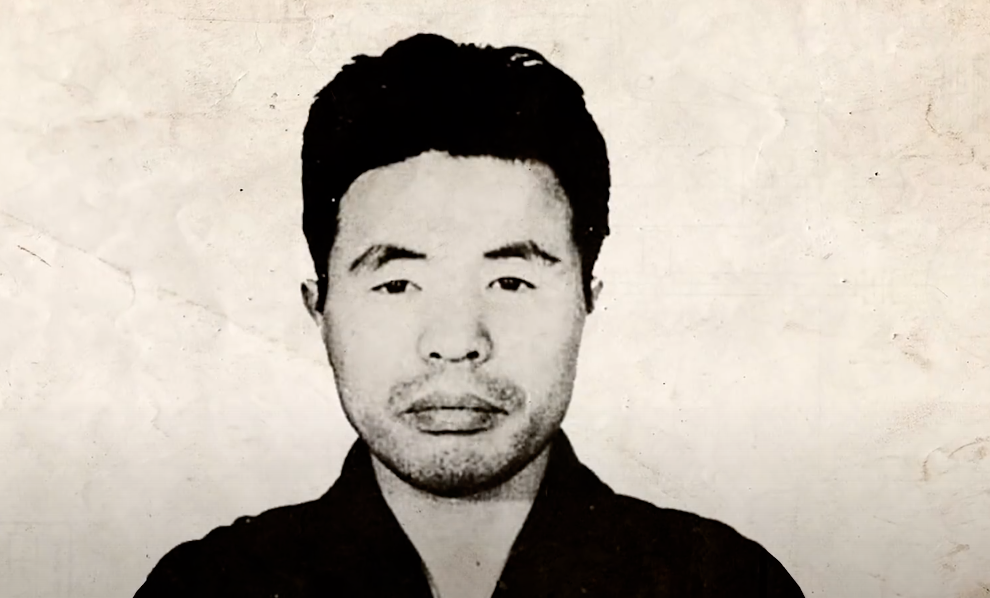
Yoshio Kadama was a Japanese political revolutionary who acted as a spy during The Second World War. After the war ended, the CIA recruited Kadama as a contact – despite being aware of his strong links to the Yakuza – and helped him attain great power and influence within Japan. Kadama became an intermediary between the government and the Yakuza, and ended up as de facto Godfather to the criminal organisation. The CIA, who viewed Kadama as politically useful, continued to support him, which essentially meant that they were supporting the Yakuza.
The Yakuza have their own name for the organisation
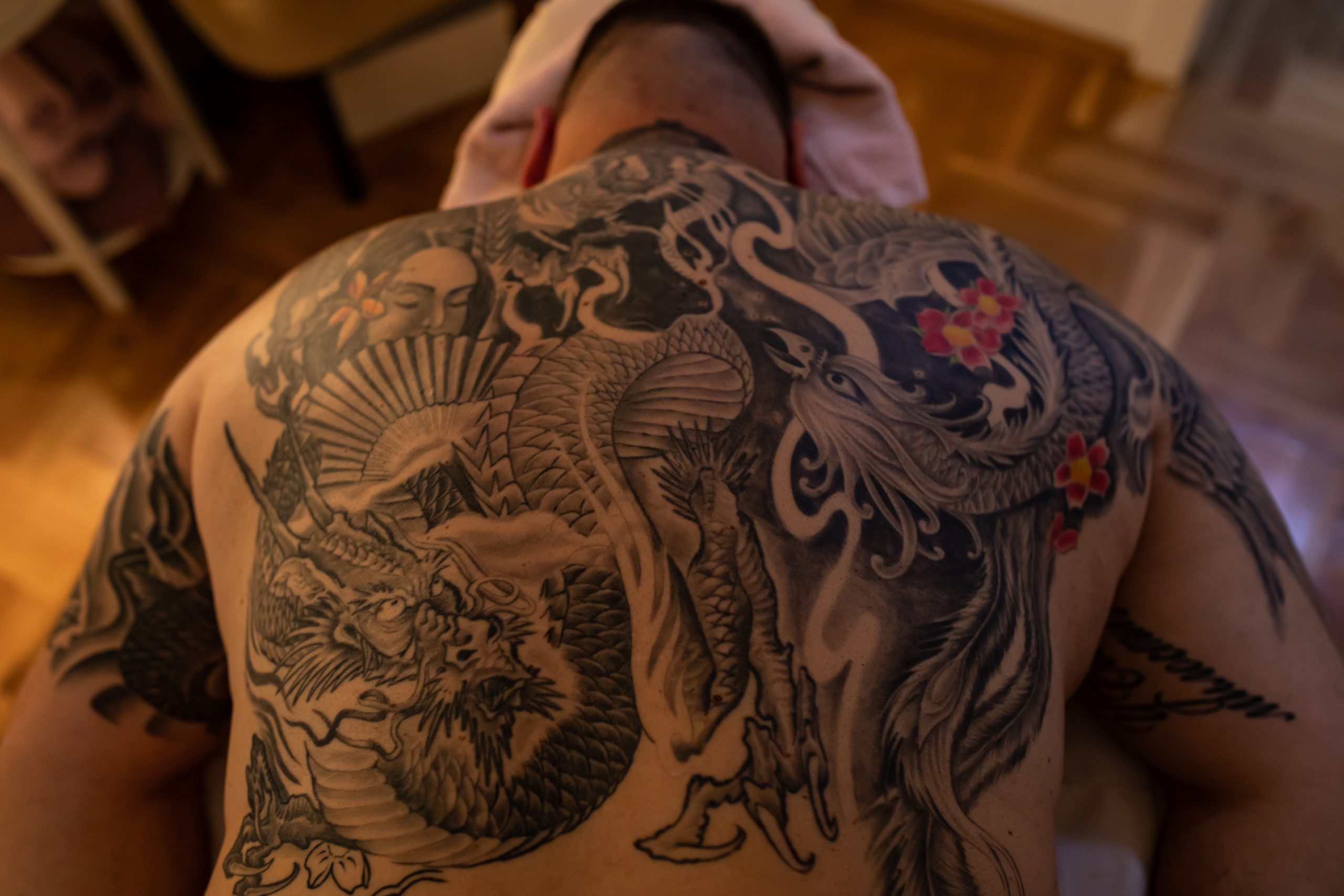
The Yakuza take great pride in their honour culture, viewing it as a remnant of their history as masterless samurai, and refer to the gang as ‘ninkyō dantai’ – which translates to ‘chivalrous organisation’. The police, on the other hand, refer to the Yakuza as ‘bōryokudan’ – literally, ‘violent group’. As law enforcement have sought to reduce public support for the organisation, they have requested that the media exclusively refer to them by this term, which they believe will help disabuse people of the notion that the Yakuza operate from benevolent intentions.
The Yakuza attracts marginalised minorities
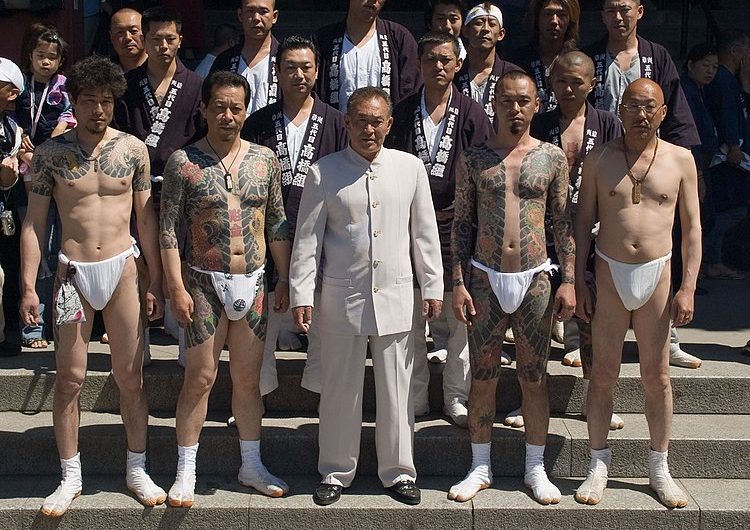
Life in the Yakuza means separating yourself from traditional Japanese society, and foregoing many aspects of culture that are available only to regular citizens. This can make membership seem like a natural choice for minorities that historically have found themselves repressed and discriminated against in Japan, such as Japanese-Koreans. Marginalised ethnic groups are overrepresented in the criminal organisation, which welcomes them with open arms and provides the sense of inclusion they have been denied by Japanese society.
Yakuza members show off their tattoos when playing cards
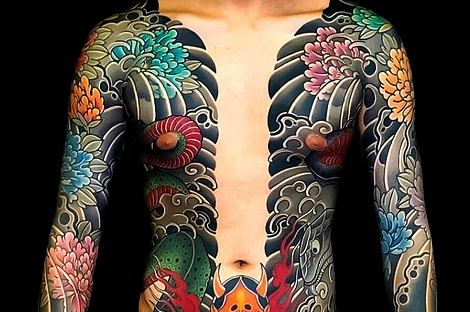
Members of the Yakuza generally take great care to avoid unnecessarily showing off their tattoos in public, as this would instantly reveal their gang affiliation. However, when gang members gather to play Oicho-Kabu – the card game from which the organisation derives its name – they will often remove their shirts to proudly display the complex and colourful artwork with which their bodies are adorned. New members are often required to remove their trousers as well, to show off the ink on their legs.
A large number of Yakuza members come from Kyushu island
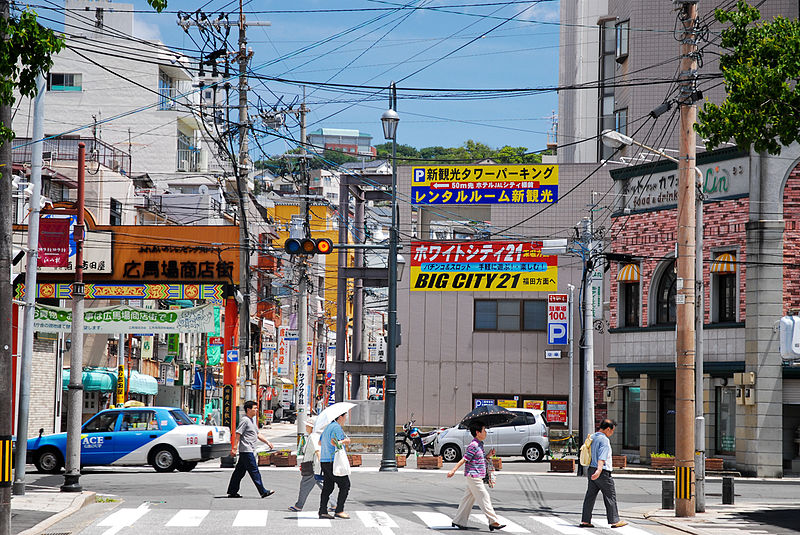
Kyushu is the third largest of Japan’s five islands, and the fourth most southerly. Despite being home to only around ten percent of Japan’s entire population, Kyushu has long been the predominant source of Yakuza members, and a number of prominent leaders have hailed from the island. Kyushu Seido-kai is the dominate syndicate on the island, and it has a reputation for its brutal tactics in gang wars, often utilising highly destructive weaponry including AK-47s and petrol bombs. The clan has a long running feud with Dojin-kai, its parent syndicate, which has led to the accidental killings of numerous civilians.
There was concern about the Yakuza corrupting the 2020 Olympics
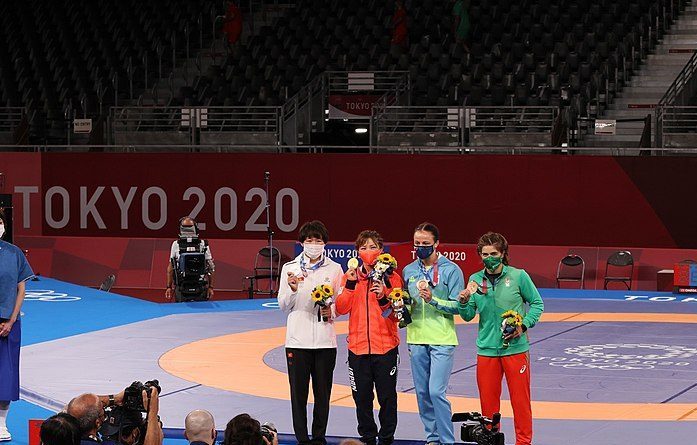
The Yakuza are well known for their heavy involvement in the world of sport, and their fixing of sumo wrestling matches has been widely documented. It’s therefore not surprising that there was great alarm when it emerged that Hidetoshi Tanaka – the vice chairman of Japan’s Olympic Committee – had close ties the leader of Sumiyoshi-kai, Japan’s second largest Yakuza syndicate. Tanaka had, in the past, also been active in the world of sumo wrestling, which further stoked concern, but he was never removed from the committee.
A Yakuza leader was brazenly assassinated in broad daylight
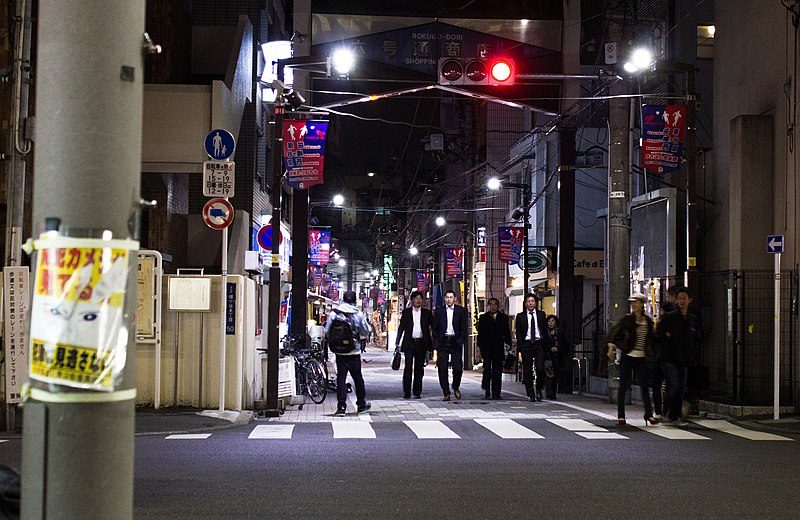
Ryoichi Sugiura was a high ranking member of Sumiyoshi-kai. In 2007, there were tensions between Sumiyoshi-kai and Yamaguchi-gumi, and that February Ryoichi Sugiura was shot in the head and chest whilst he sat waiting in his car. The gunmen were from Kokusui-kai, a Yamaguchi-gumi affiliate, and police immediately prepared for an imminent gang war. It seemed their fears were materialising when shots were fired at the Kokusui-kai headquarters in Tokyo later the same day, but a truce was eventually negotiated and a bloody conflict was avoided.
At least 50 companies on the Osaka Securities Exchange have Yakuza ties
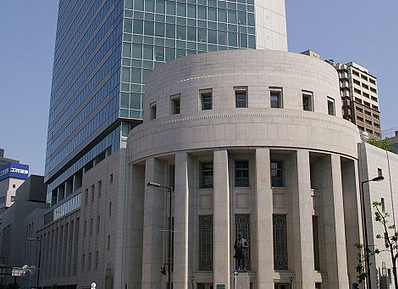
The Osaka Securities Exchange is the largest derivatives exchange in Japan, listing 477 Japanese companies with a combined market capitalisation of $212 billion. In recent years, as the Japanese government has attempted to crack down on the Yakuza and the US government has blacklisted international companies with ties to organised crime, there has been increased focus on the Osaka Exchange. The most recent estimate is that at least 50 listed companies – and probably considerably more – either have direct dealings with the Yakuza or have been infiltrated by them.
A Yakuza clan is the second richest criminal organisation in the world
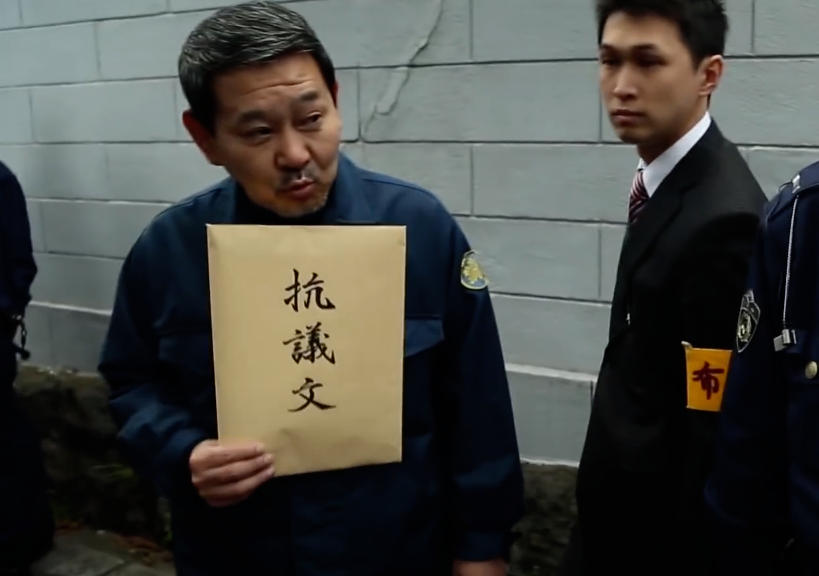
Yamaguchi-gumi, Japan’s largest Yakuza clan, takes the number two slot for world’s wealthiest criminal enterprise. The total annual earnings from the gang’s ventures – which include fraud, extortion, and sex trafficking, as well as legal business holdings – is estimated to be over $6 billion. The clan is beaten in the rankings only by the Russian Mafia, which is estimated to generate $8.5 billion every single year. A key difference between the organisations is that Yamaguchi-gumi refuse to get involved in the drugs trade. If they did, the rankings would likely be different.
The Yakuza threaten people into selling their properties
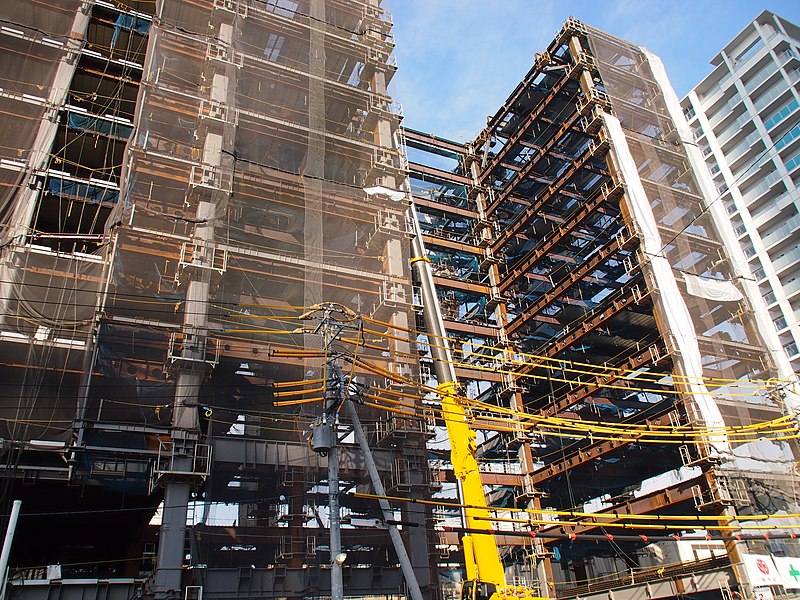
Yakuza clans are often heavily invested in construction firms, sometimes owning them outright, and they make huge amounts of money from these businesses. Jiageya is the Yakuza practice of inducing property owners to sell their real estate so that construction firms can build massive – and highly lucrative – developments. ‘Inducement’, in this case, normally begins with a legitimate offer to purchase, but, if the property owner declines, the Yakuza will make it abundantly clear that refusal comes with violent consequences.
The Yakuza have a presence in North Korea
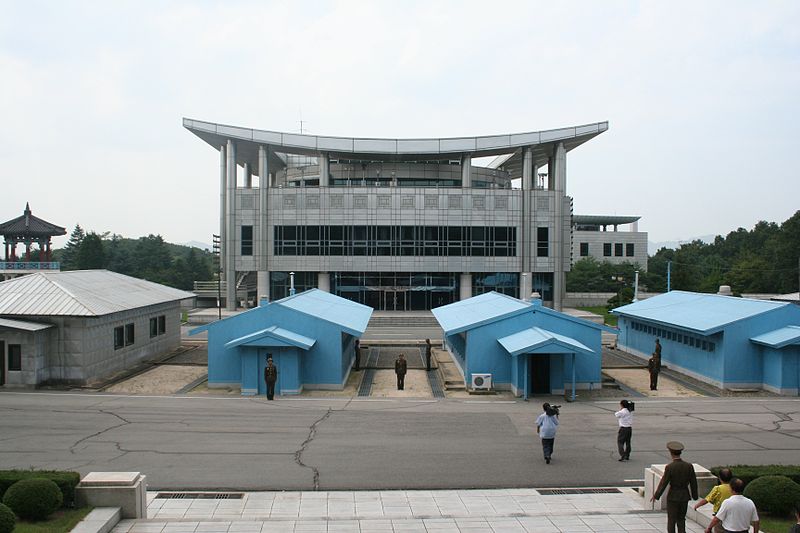
Even the Hermit Kingdom is not out of reach of the Yakuza. For those clans that do dabble in the drugs trade, North Korea is a goldmine, as substance abuse is rampant amongst the country’s population. In 2009, Yakuza member Yoshiaki Sawada was released from a North Korean labour camp after serving a five year sentence for attempting to bribe an official and smuggle drugs across the border. Since the North Korean government tightly controls the flow of information, it’s hard to know exactly how much of a presence the Yakuza has in the country, but it’s likely to be significant.